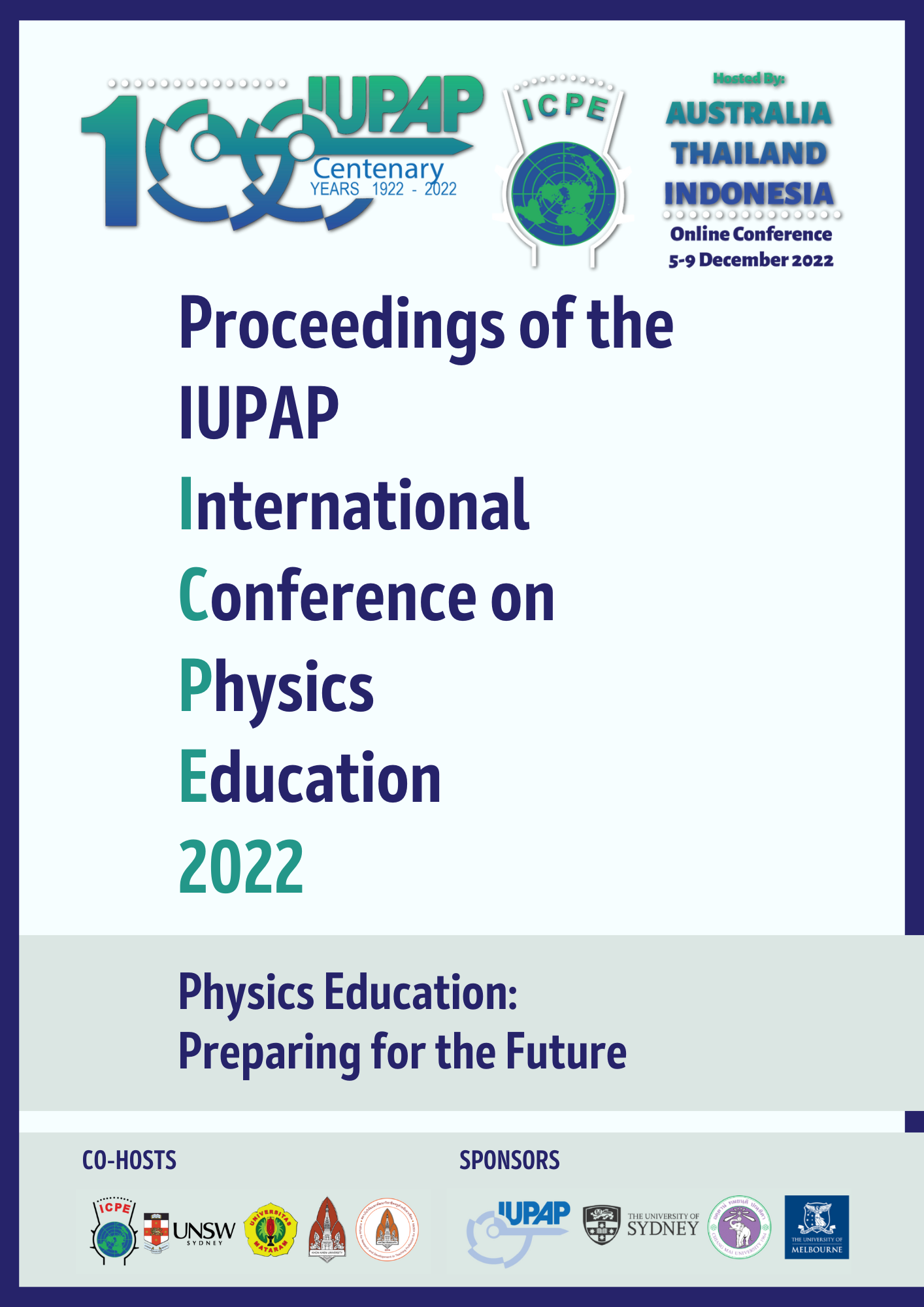Analysis of the relativistic dynamics approach in high school and university textbooks
Keywords:
Relativistic dynamics, Textbooks, Teaching and Learning of Special RelativityAbstract
RELEVANCE OF RESEARCH AND METHODOLOGY
School books are a central element of the didactic transposition (Chevallard, 1985). However, transpositive phenomena are not evident to science communicators at all levels: neither to those who write the books, nor to users, teachers and students.
This research studies the main justifications for revising the classical concepts of Momentum, Mass and Energy, in the teaching of relativistic dynamics in 18 secondary and basic university textbooks. An inductive categorization is carried out analyzing the influence of the educational level to which the texts are directed in the justifications for the review of classical dynamics and its strategies, in addition to characterizing the use of experiments, images, and the relevance of studying the relativistic dynamics exposed by the different texts.
MAIN RESULTS AND CONCLUSIONS
As shown in Figure 1 (see Abstract PDF), there is evidence of a preference for university textbooks (UNI) to review in the first instance the concept of momentum (P) for the subsequent analysis of dynamic magnitudes, while in high school textbooks (SECU) the concepts of quantity are reviewed momentum (P), mass (M) and energy (E) equally for the introduction of relativistic dynamics.
It is also evident that there is no difference between college and high school textbooks in the use of images and experiments to convince the reader. This results in this section of the texts not being as attractive to high school students as others and leading to a greater distance between "knowing how to teach" and "knowing taught". This research is important for the future development of didactic sequences for the teaching of relativistic dynamics, as well as for the elaboration of appropriate didactic materials for its learning.
REFERENCESChevallard, Y. (1985). La transposition didactique. Du savoir savant au savoir eneigné. Grenoble: La pensée Sauvage.
Otero, M. R.; Arlego, M., Muñoz Guzman, E. (2019). Relativity of simultaneity in secondary school: an analysis based on the Theory of the Conceptual Fields. Journal of Physics: Conference Series. https://dx.doi.org/10.1088/1742-6596/1287/1/012002
Otero, M. R., Arlego, M., Prodanoff, F. (2016). Teaching the basic concepts of the Special Relativity in the secondary school in the framework of the Theory of Conceptual Fields of Vergnaud. Il Nuovo Cimento 38 C. https://dx.doi.org/10.1393/ncc/i2015-15108-0
Downloads
Published
Issue
Section
License
Authors who publish with the Proceedings of the International Conference on Physics Education 2022 agree to the following terms:
a) Authors retain copyright and grant the journal right of first publication with the work simultaneously licensed under a Creative Commons Attribution License (https://creativecommons.org/licenses/by/4.0/) that allows others to share the work with an acknowledgement of the work's authorship and initial publication in this journal.
b) Authors are able to enter into separate, additional contractual arrangements for the non-exclusive distribution of the journal's published version of the work (e.g., post it to an institutional repository or publish it in a book), with an acknowledgement of its initial publication in this journal.
c) Authors are permitted and encouraged to post their work online (e.g., in institutional repositories or on their website) prior to and during the submission process, as it can lead to productive exchanges, as well as earlier and greater citation of published work (See The Effect of Open Access - http://opcit.eprints.org/oacitation-biblio.html).
Privacy Statement The names and email addresses entered in the Proceedings of the International Conference on Physics Education 2022 site will be used exclusively for the stated purposes of this journal and will not be made available for any other purpose or to any other party.
